In 2012 we tested the Dacia Duster, the bargain SUV from Renault’s Romanian sub-brand.
We were mightily impressed by its seemingly impossible value for money - from just £8700, you could get “a good-looking compact SUV, with a spacious interior, that’s cheaper than a Ford Fiesta”.
In that same review we also mentioned that the original Duster, sold in the 1980s, was “an automotive excrescence so terrible it makes a bus pass look attractive". Ouch.
But were Autocar’s road testers of yore quite so critical? We tested the ‘Rough Road Romanian’ on 21 August 1985.
The Duster, aimed at “farmers and businesses needing a light workhorse that might have to operate in tough conditions”, could be bought as a pick-up or a ‘closed van’, with a "lusty" 1400cc, 65bhp engine under the bonnet.
“Drivers who spend much of their time tootling around town in something like a Ford Fiesta or Renault 5 are often thunderstruck by the capabilities of a purpose-built off-road car,” we began. Some rivals, evidently, are for life.
“For that reason the Dacia Duster could well gain a modicum of popularity,” we continued, “because by comparison with your average 1500cc passenger car, the Duster will, indeed, do amazing things in rough, off-road conditions.”
The Duster could be yours for the “attractive price tag of around £6000, which is £4000 cheaper than a short-wheelbase Land Rover.”
The 1985 Duster was actually an ARO 10 (no, us neither) rebadged for the UK market. “Chassis and bodywork are original Romanian design,” Autocar explained. “The engine suspension and running gear are effectively Renault 12 components made under licence.”
While Renault didn’t acquire Dacia until 1999, they did share a working relationship for some years prior.
A fair introduction from Autocar, then, but it soon started to go downhill. “It owes its low price to its Eastern European origins, and like some other products from that part of the world, suffers a little in lack of attention to detail in the quality of fit and finish.”
Performance wasn’t great, either: “Acceleration is quite pedestrian, with 60mph coming up 22.7sec after a lurching standing start. The standing quarter mile took 22.6sec, but we didn’t bother to time a standing kilometre because the Duster GLX stopped accelerating long before the kilometre post showed up…” Hardly surprising for a car with a top speed of just 72mph.
Our testers continued: “The Duster is not a particularly easy car to drive. Though the pedals are light to operate, the gearshift is awkwardly notchy and the unassisted steering is very heavy at parking speeds. The driving position is quite good though, with controls and switchgear within easy reach.”
You were out of luck if you wanted to listen to Phil Collins on the radio, though. “The overall racket [of the Duster, not No Jacket Required] is no worse than in many other cars of this type, but it does mean that the £100-extra radio isn’t worth listening to when bustling along at anything over 60mph."
The Dacia did fare somewhat better in its natural habitat, however: “The Duster’s four-wheel drive system is of a traditional sort, with a front-mounted engine driving the rear wheels through a four-speed gearbox.
“In off-road conditions the Duster is adequately competent in that it will go anywhere a relatively inexperienced, fun-seeking off-road driver might take it – down to the lakeside with the surfboards, for instance.
“Not that the Duster should be treated lightly as an off-roader. Its real weak point is that the engine, being of fairly small capacity and derived from a passenger car unit, lacks the sort of slogging, low-down torque that a good cross-country car needs.
“The driver will have to work to get the Duster through conditions that Auntie Land Rover, with nearly twice as much torque available at a far lower engine speed, would waddle through at a relaxed gait.”
Not all bad then, but Autocar’s verdict was hardly glowing: “Leisure-bent enthusiasts might consider the Duster to be a low-cost alternative to something like an open sports car, but such potential buyers must be prepared to accept the lack of on-road performance and refinement.”
Certainly, the popular current model can be thankful for both the fall of the Iron Curtain and its maker's modern French connection.

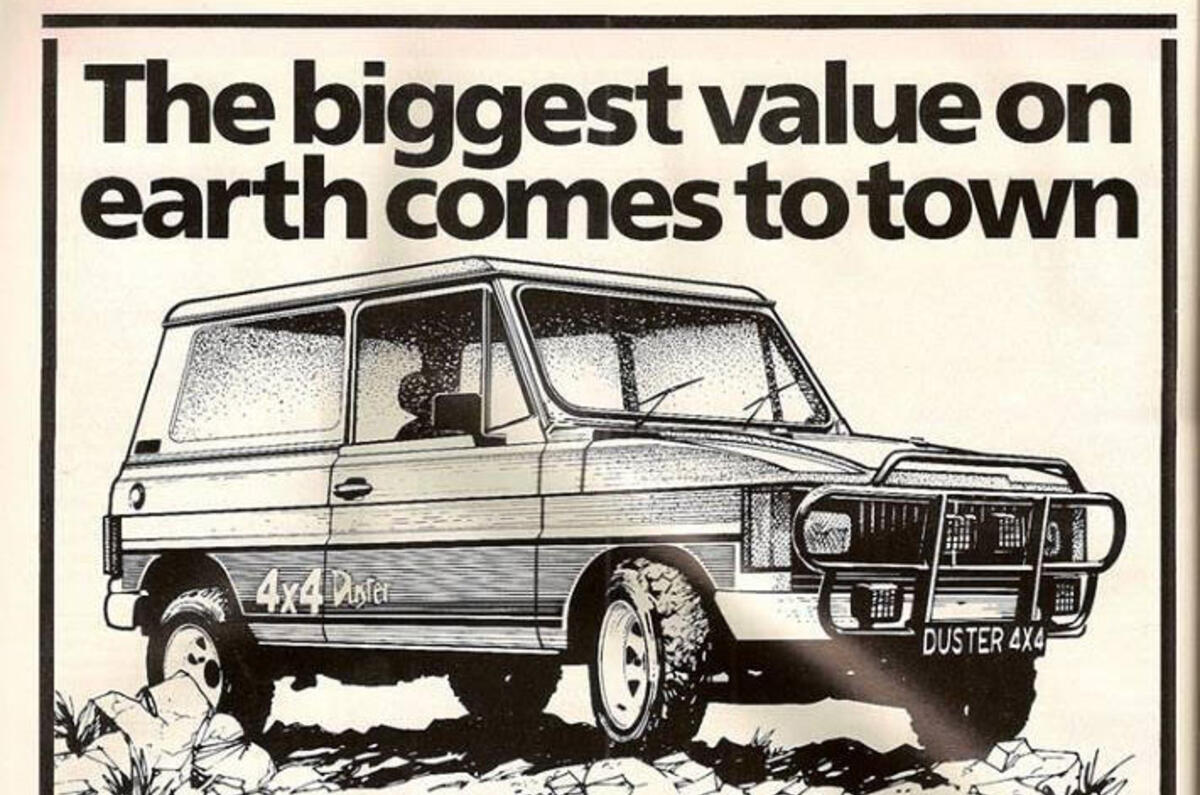

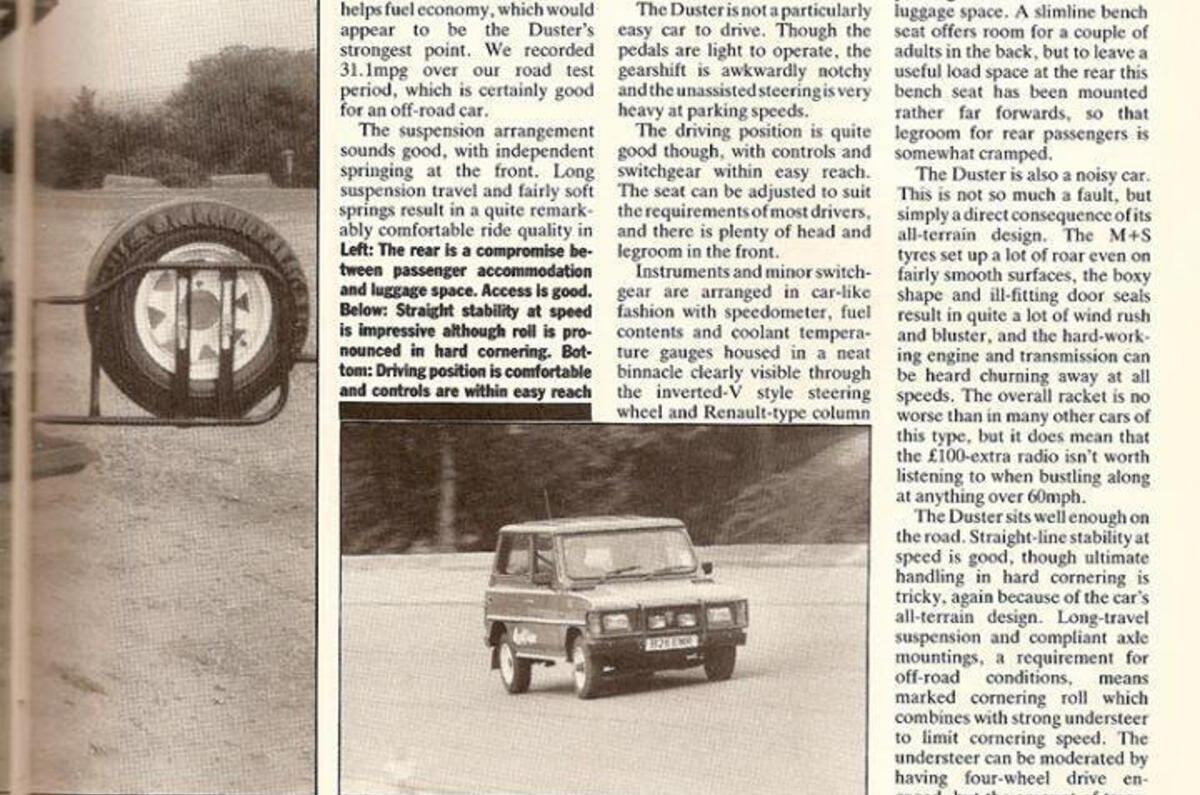
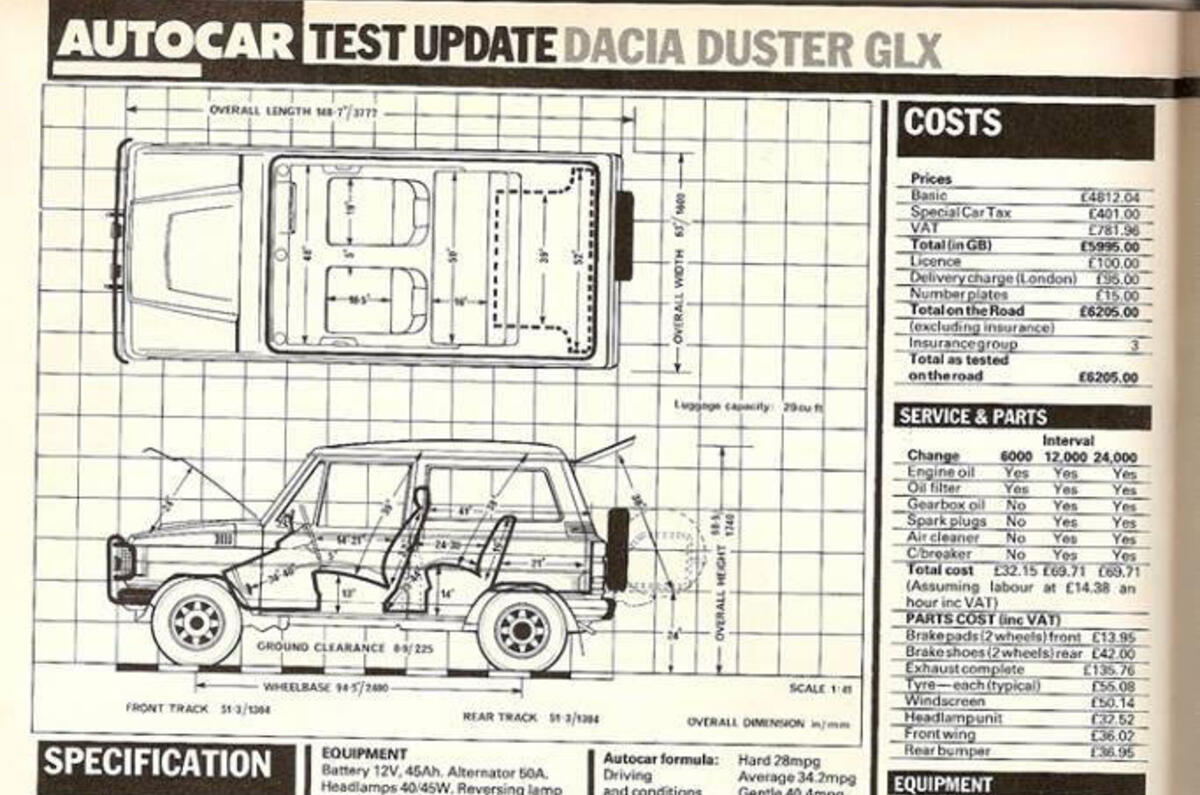

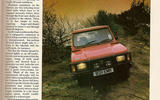
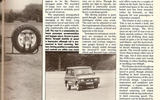
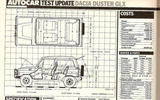


Join the debate
Add your comment
.....down to the lakeside.....